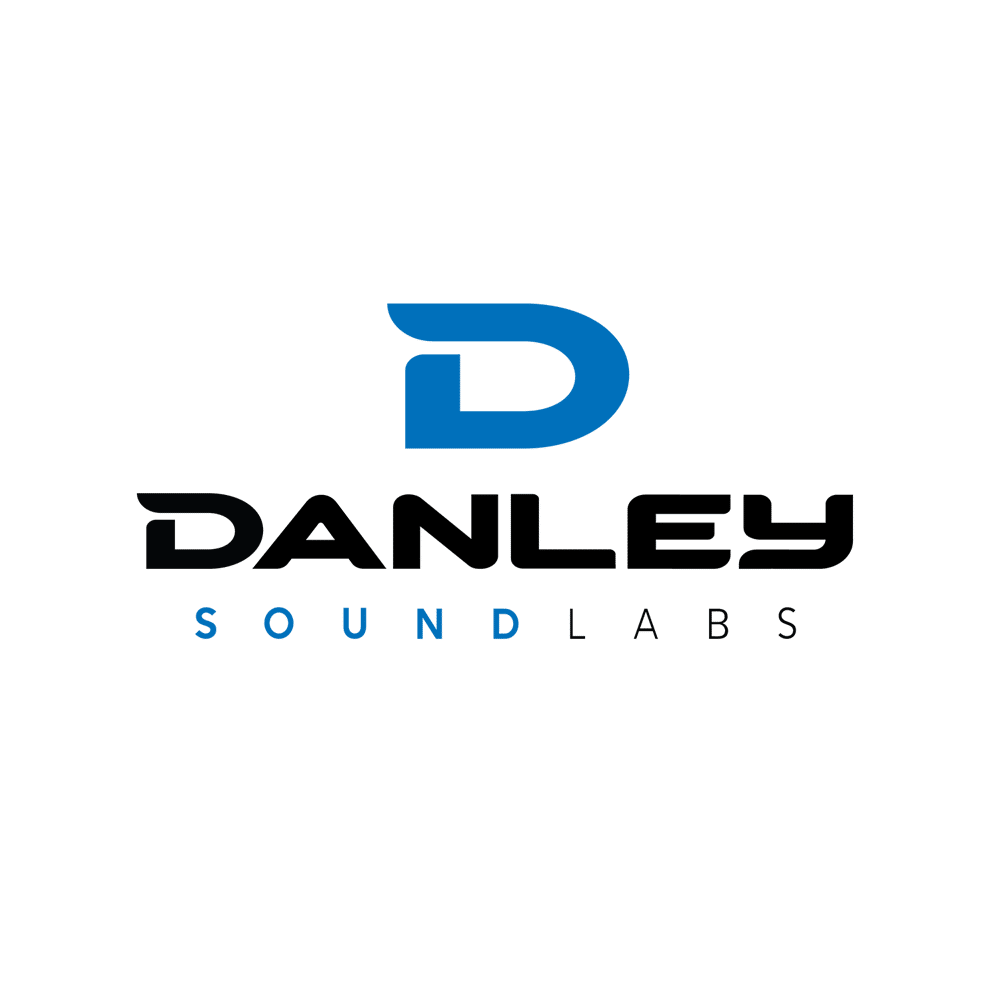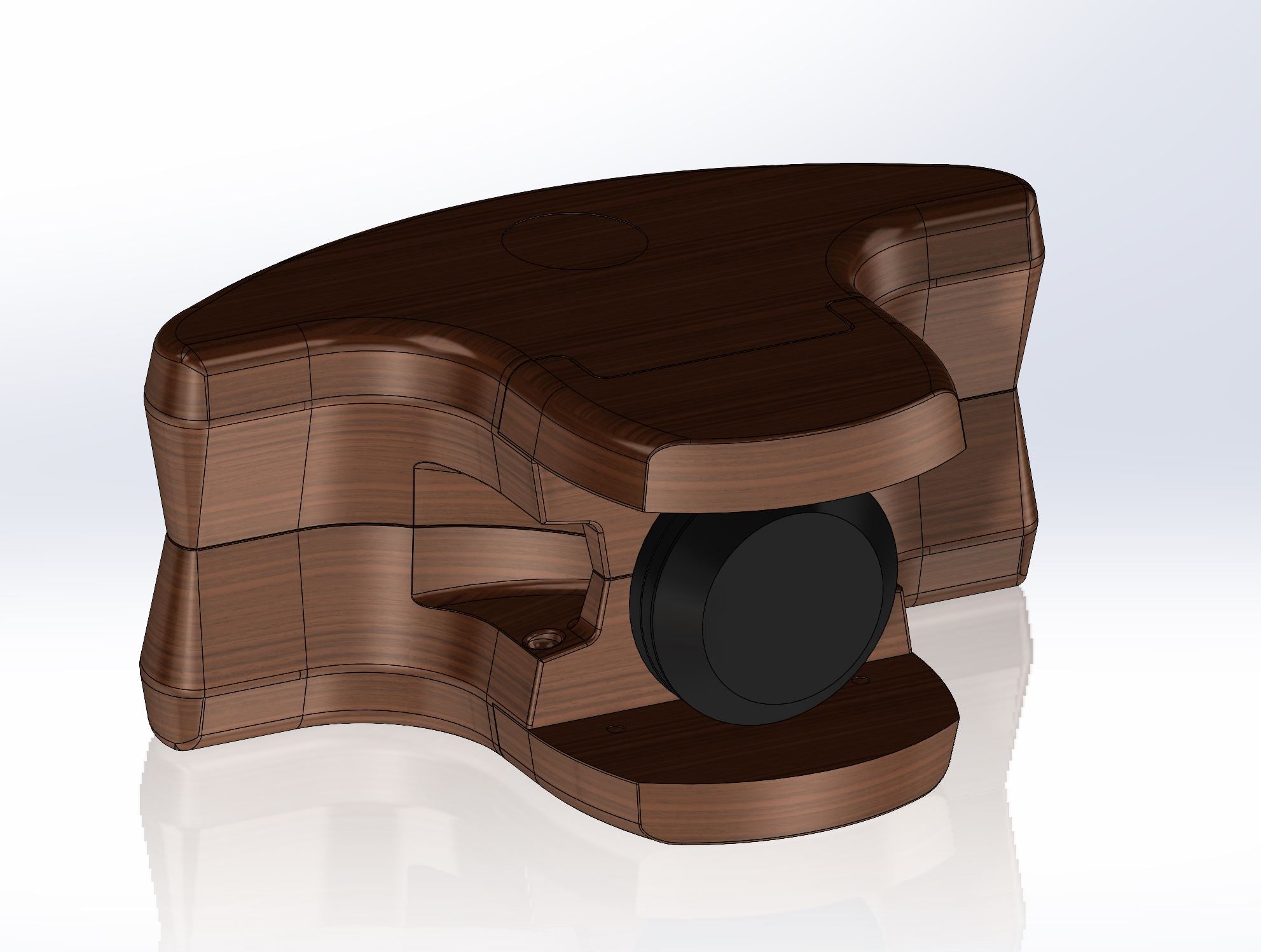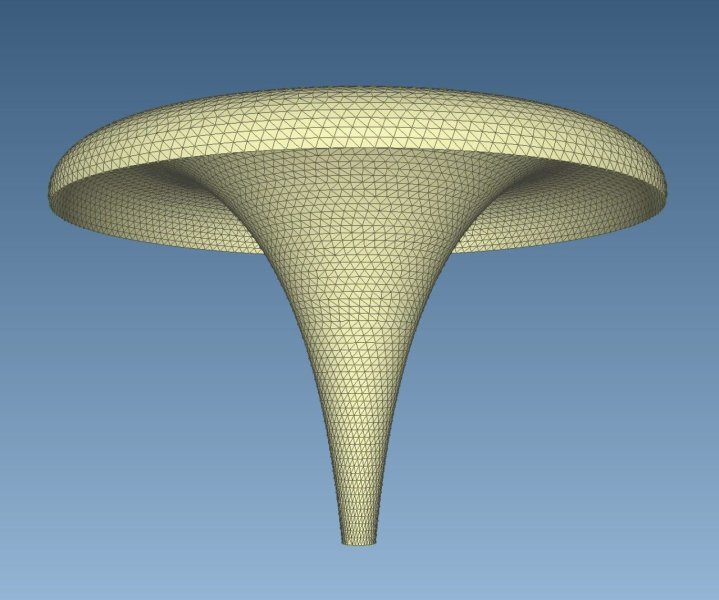Also Duke, please excuse all the text, but I’d appreciate your evaluation and comments on my journey and goals.
I've never heard the Altec 19 speakers, nor have I even heard the Altec 416 woofers except in VOTTs when in local cinemas long ago. I chose to have Jim Salk clone Gary Dahl’s sealed 416s when I first thought to clone his two-way speakers using the Radian 745neoBe/JMLC AH4254 driver/horn combo. Gary was thrilled with them for a year or so but ultimately found those Be drivers produced “hard” sounding highs and/or other unsatisfying performance-at least in that horn-and where repeated EQing attempts didn’t help. Luckily, I found this out before proceeding with that build.
And lucky for Gary, his hunch to use a friend’s pair of Yamaha JA6681B drivers with a new pair of 425 horns has delighted him ever since.
Done here my blog about it Audio by Martin will have to listen to them, just measured so far. Been busy this weekend. Thank you. :) the spl gain of the waveguide at 3khz is about 9db!!! the gain is still about ~3db at 10khz loading fall like a rock after ~14khz and EQ must be used to...

www.diyaudio.com
Done here my blog about it Audio by Martin will have to listen to them, just measured so far. Been busy this weekend. Thank you. :) the spl gain of the waveguide at 3khz is about 9db!!! the gain is still about ~3db at 10khz loading fall like a rock after ~14khz and EQ must be used to...

www.diyaudio.com
Dear all, After many years of satisfaction and enjoyment, I found an opportunity to upgrade my system. I started with the replacement of my 1505B driver, a 291-16A, with a Yamaha 6681B. Amazed by the result, I started to study a bit more about Yamaha loudspeakers and I found that the 15 inch...

www.diyaudio.com
Gary’s raves about that combo seem genuinely free of diyer/owner bias. But regarding speaker placement, here’s his system before and soon after he swapped in the Yamahas.
https://galibierdesign.com/wa-trip-01/
About speaker placement, wouldn’t the AH425 horn’s beaming directivity placed that far apart, vs. his apparent listening distance, cause poor imaging or other problems?
Btw, to minimize IM and third harmonic distortion, Gary said he designed those 3 cu ft. sealed cabinets to roll off the 416’s response at ~ 70Hz. Years later, he said that he only uses his pair of subs (Acoustic Elegance drivers with passive radiators underneath the Altec midwoofers) for HT use. For music, Gary claims that he gets adequate bass from room gain. Me, I don’t expect get that lucky, so I had Jim Salk also build me two pairs of Rythmik F12 subs.
Though the Yamahas’ HF response is limited
https://www.azurahorn.com/JA6681B on 425 Horn (2).pdf , what’s below 10kHz must be sublime, as the driver had a strong enough following for Meyer Sound to have Yamaha build the JA6681B under their brand. Even today many prefer this driver though lament their failure to persuade OEMs to clone the long since discontinued diaphragm.
https://www.diyaudio.com/community/...ompression-driver.163469/page-31#post-7680257
I too have a pair of them purchased from Troy Crowe.
But unlike Gary and/or those at that thread, I’d rather not live in dread of blown diaphragms or having an even more fragile ~2% beryllium suspension “finger” break on me. And Arez implied that the fingers will eventually deteriorate.
Unless I am missing something on the site I couldn't find a single measurement. Without measurements to back it up I would count the claims as marketing and be skeptical about those claims. If there are measurements I missed can someone post a link? Rob :) I've seen the proof, but won't break...

www.diyaudio.com
A shame for a driver that must otherwise sound wonderful.
https://audio-database.com/YAMAHA/unit/ja-6681.html
And the JA6681B can apparently sound great at frequencies low enough to cross low with the Altec 416 to thereby keep the latter from playing in that area of the midrange where it would otherwise distortion. Thus, for as long as the Yamahas diaphragms and suspension stay intact, Gary must be enjoying very clean sounding speakers.
https://josephcrowe.com/blogs/news/altec-416-8b-in-100l-sealed
Unfortunately, as I have very limited DIY skills, and even less time and workspace, I can’t experiment with using my Yamaha drivers because, I don’t know if horns like Gary’s JMLC 425s would sound too “head in vise” beamy for me. Instead, I must decide on constant directivity horn/driver combo, ship them to Troy Crowe, who will design the crossover for them with the Altec 416s and finish building the system.
So, if not the ME90, is JBL M2 or what other constant directivity horn for the Altec 416 cabinets?
Comments about these M2 horn measurements and polar charts?

www.spinorama.org
Any recommended (beryllium?) driver for the JBL M2 for a two- or three-way system, though I doubt that I can hear beyond ~ 13kHz?
For the M2 horn, is it practical to expect to get flat response to ~ 13kHz and down to ~ 600Hz with what model driver and throat exit size? Would DSP be required or would passive EQ suffice for a specific (Be?) driver?
Also, any experiences or opinions with Danley horns?
This technology is present in all our Synergy Horn™ Family. And Danley’s SM family of loudspeakers is simply a smaller, lighter version of our Synergy Horn family.

www.danleysoundlabs.com






















